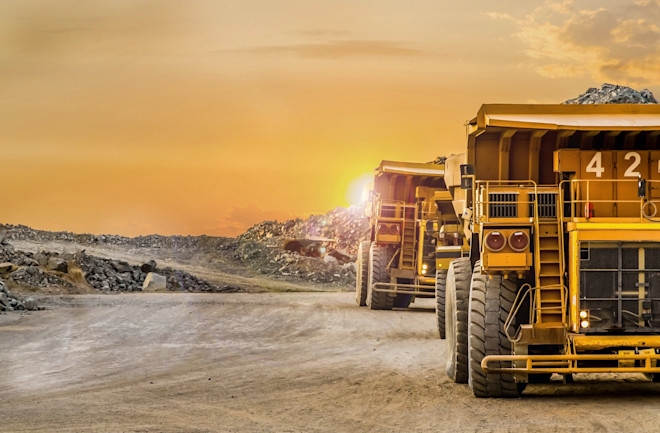Make no mistake: We are running out of elements. As humans have filled in all the corners of the periodic table, each element has resulted in technological innovation.
Europium and indium are crucial for televisions and touch screens. Rhenium is necessary in fighter jet engines. And to avoid some of the effects of climate change, we need lithium and cobalt for electric vehicle batteries, tellurium for solar panels and dysprosium for wind turbines.
Yet we cannot make these elements — they formed, along with Earth, billions of years ago. To replenish our dwindling stores and keep up with a growing, modernizing world, we must mine for more.
Prospectors are widening their search as they seek fresh sources of raw materials that won’t disrupt populated areas — no one wants a mine in their backyard. They’re looking for natural ores in places once considered too remote to mine, before the materials’ demand justified the costs and arduous journeys: the Arctic, the deep sea and even the asteroids nearest Earth.
But after a century of heavy industrial activity, we also have a wealth of human waste products full of reclaimable elements: wastewater, discarded consumer electronics and even pollution in the atmosphere. Technologies that scientists are developing to clean up these wastes can literally turn trash into treasure. “If you’re going to remove it, why not recover it?” says William Tarpeh, a chemical engineer at Stanford University.

